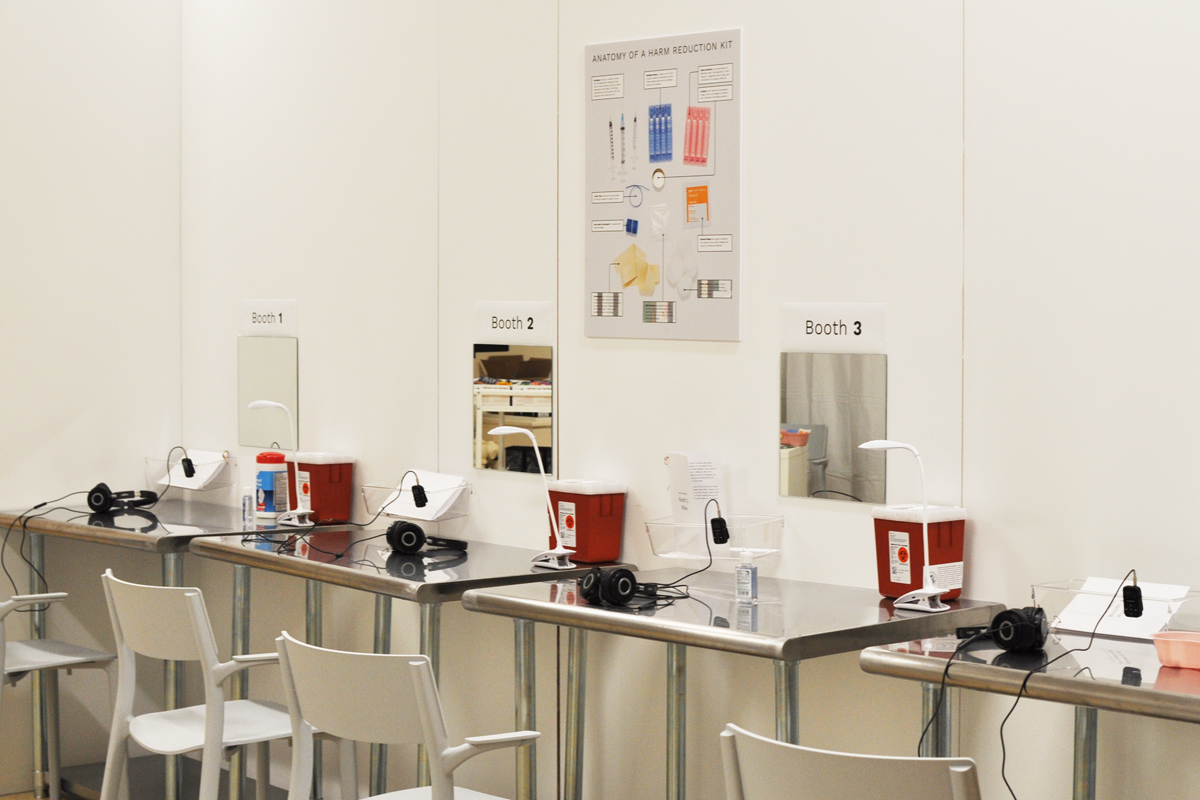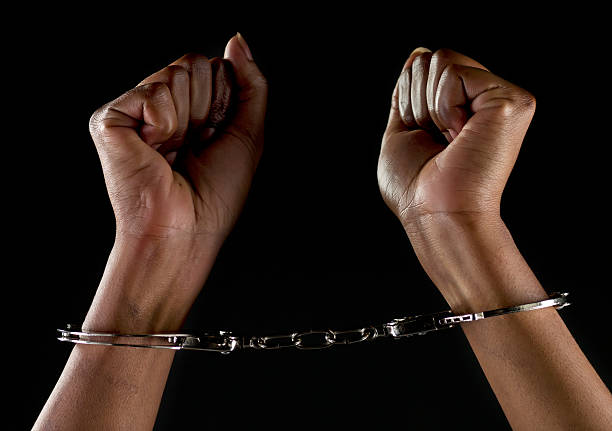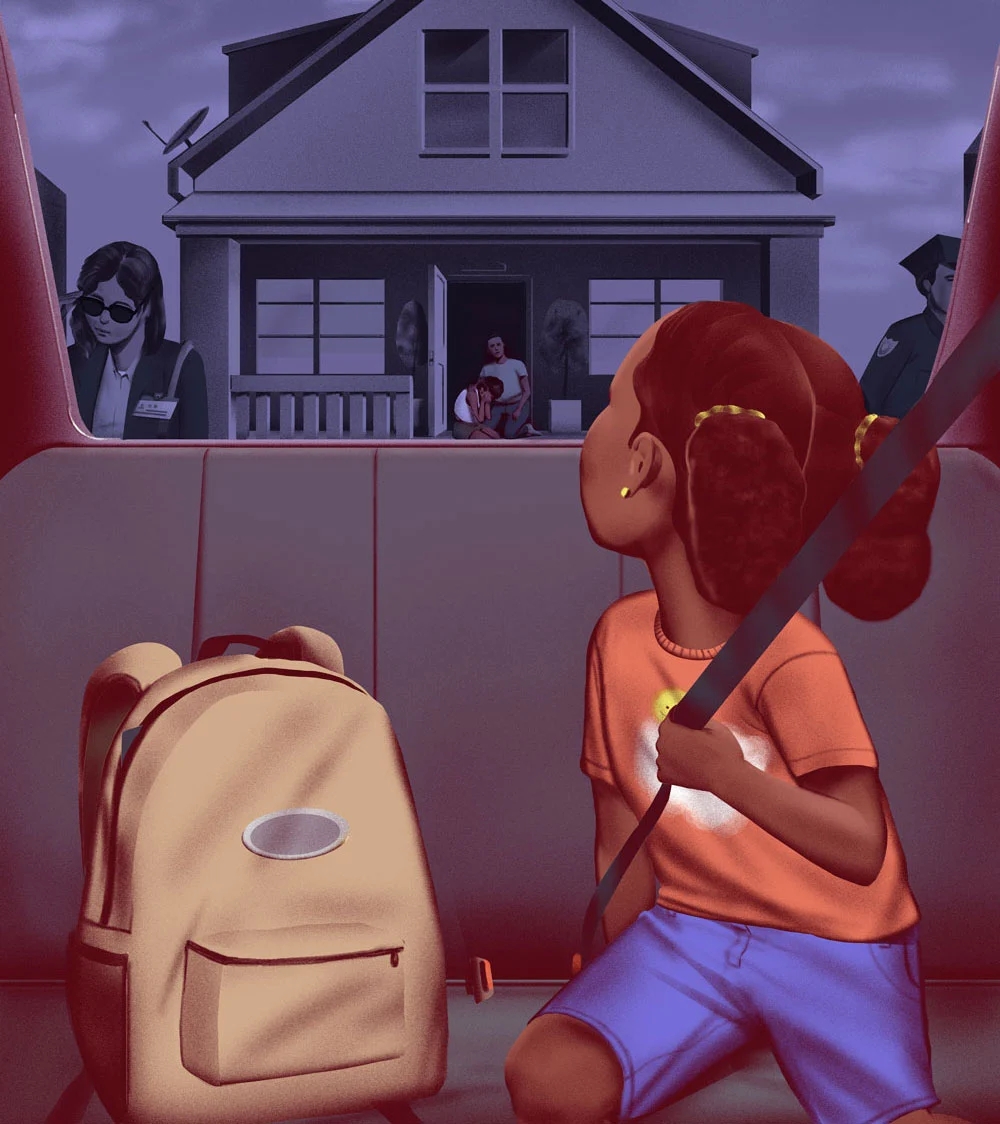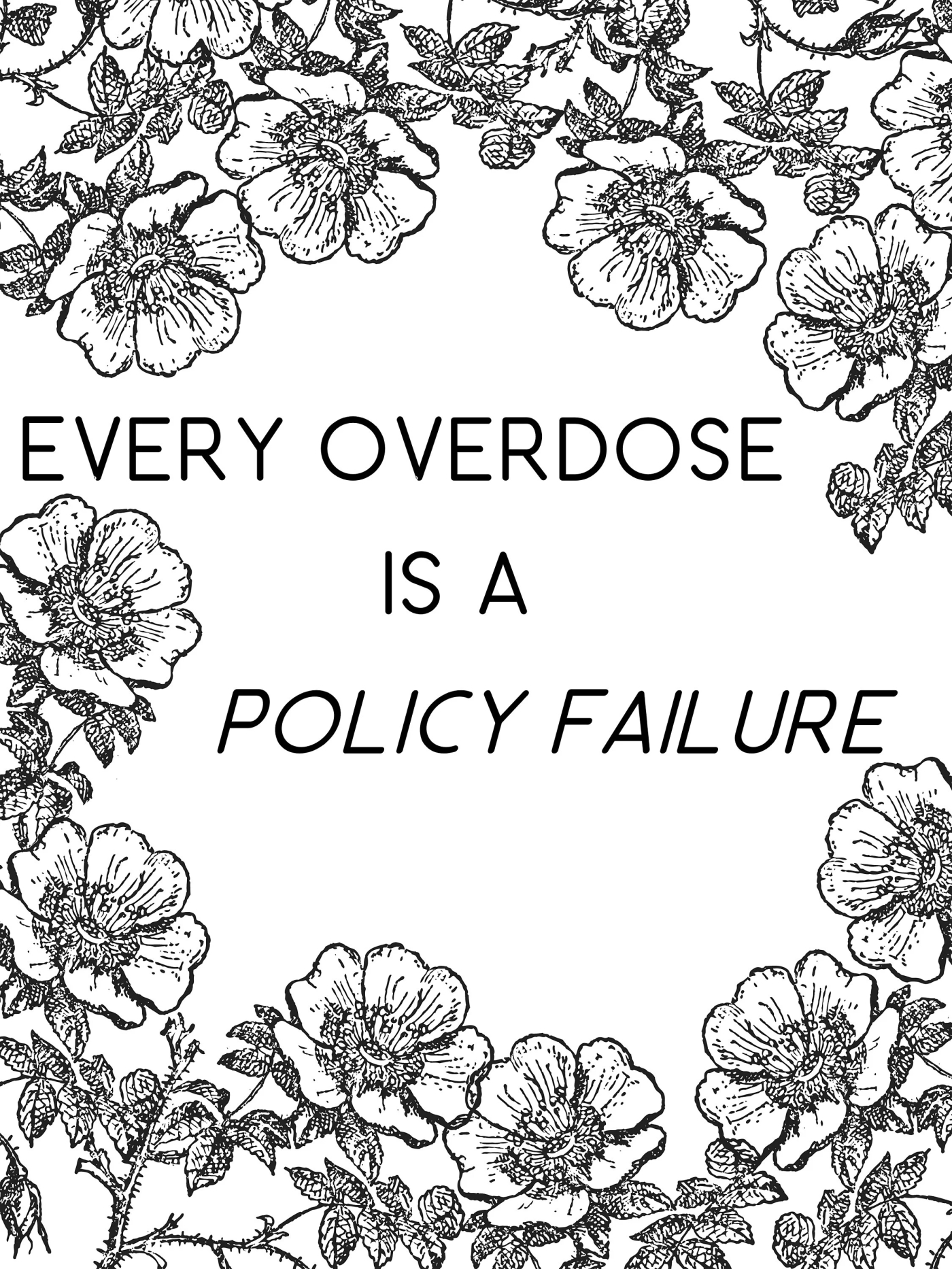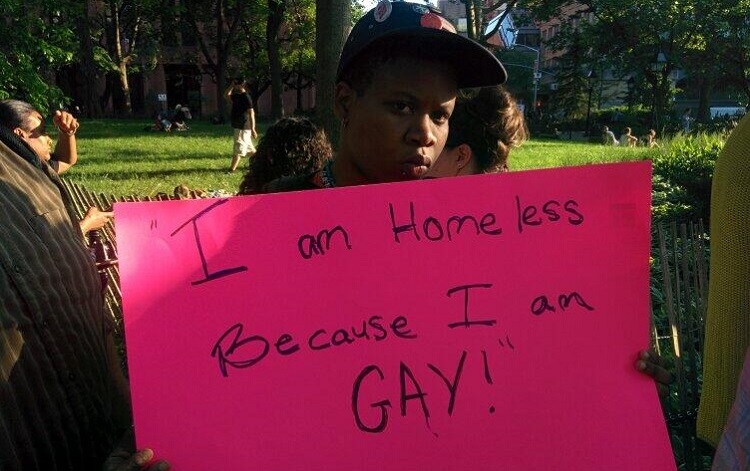In recent years, the debate surrounding substance use and its consequences has evolved from a moralistic perspective to one rooted in pragmatic solutions. One such solution gaining momentum is the establishment of safe consumption sites coupled with a regulated drug supply. While this approach may seem controversial to some, it offers a beacon of hope in the fight against fatal overdoses and offers a comprehensive strategy that fosters engagement in various social services. In this article, we’ll explore the compelling reasons why safe consumption sites and regulated drug supply can pave the way to saving lives and rebuilding communities.
1. A Sanctuary of Safety:
Safe consumption sites provide individuals struggling with substance use a safe haven to consume drugs under the supervision of medical professionals. This controlled environment eliminates the risk of fatal overdoses due to tainted or excessively potent drugs. By monitoring consumption and providing immediate medical intervention if needed, these sites effectively mitigate the danger of overdose-related fatalities. This approach acknowledges the reality that people will use drugs regardless of legality, and focuses on harm reduction rather than criminalization.
2. Preventing Overdose Deaths:
The statistics on overdose-related deaths are sobering. Thousands of lives are lost every year due to overdose, leaving behind grieving families and broken communities. Regulated drug supply ensures that individuals have access to substances of known potency and purity. By offering a consistent product, the risk of accidental overdoses caused by unknowingly consuming highly potent or adulterated drugs is drastically reduced. This not only preserves lives but also spares families from the devastating loss of a loved one.
3. A Bridge to Rehabilitation:
Safe consumption sites serve as entry points to various social services, including substance use treatment, mental health support, and housing assistance. By engaging individuals in a nonjudgmental setting, these sites build trust and rapport, making it easier for participants to consider seeking help for their substance use problems. The compassionate environment fosters a sense of community and understanding, effectively breaking down the barriers that often prevent people from seeking treatment.
4. Elevating Communities:
One of the remarkable outcomes of safe consumption sites and regulated drug supply is their capacity to rebuild communities affected by problematic substance use. By reducing drug-related public nuisances such as public injecting, discarded needles, and public intoxication, these sites contribute to a safer and more inviting urban environment. Moreover, the integration of addiction support services addresses the root causes of substance use disorders, leading to reduced crime rates and an overall improved quality of life for everyone in the community.
5. A Chance for Holistic Recovery:
Contrary to the misconception that safe consumption sites perpetuate drug use, they actually offer an opportunity for holistic recovery. When individuals feel cared for and respected, they are more likely to engage in conversations about rehabilitation and recovery. The availability of support services within the same space as consumption fosters a natural progression from harm reduction to seeking abstinence and a drug-free life.
5. A Chance for Holistic Recovery:
One of the most remarkable aspects of safe consumption sites and regulated drug supply is their potential to offer a comprehensive pathway towards holistic recovery. While skeptics may view these initiatives as merely enabling drug use, they actually create a unique environment that fosters change on multiple levels. Here’s a closer look at how safe consumption sites can become crucial hubs for holistic recovery:
a) Breaking the Cycle of Isolation:
Problematic substance use often thrives in isolation, with individuals feeling alienated from society and their support networks. Safe consumption sites break this cycle by providing a sense of community and belonging. The relationships formed within these sites can be transformative, as individuals realize they are not alone in their struggles. Such connections can lay the foundation for deeper introspection and the realization that they deserve a healthier, happier life.
b) Building Trust and Rapport:
Trust is a cornerstone of any successful recovery journey. Safe consumption sites, staffed by trained professionals who treat individuals with respect and empathy, offer a unique opportunity to build trust. This trust becomes a bridge that connects individuals to various support services, including addiction treatment, mental health counseling, and social services. As individuals experience firsthand the nonjudgmental and compassionate care provided at these sites, they become more open to seeking help beyond their immediate needs.
c) Seamless Transition to Treatment:
One of the most significant advantages of safe consumption sites is their ability to act as seamless transition points for individuals seeking substance use treatment. When and if someone feels ready to take the step towards recovery, they are already within a supportive environment that can guide them through the process. The trust developed with the site staff and the peer community can help ease the fears and uncertainties associated with entering formal treatment programs.
d) Addressing Underlying Factors:
Problematic substance use is often a response to deeper emotional, psychological, or socioeconomic issues. Safe consumption sites, through their integrated approach, offer opportunities to address these underlying factors. By offering access to mental health support, counseling, and resources for housing and employment, these sites address the root causes of substance use, paving the way for sustainable recovery. Treating substance use as a symptom of larger issues helps individuals not only abstain from drug use but also rebuild their lives from a more stable foundation.
e) Fostering Self-Empowerment:
Holistic recovery places a strong emphasis on empowering individuals to take control of their lives and make positive changes. Safe consumption sites contribute to this empowerment by treating participants as partners in their journey, respecting their autonomy, and providing them with resources to make informed decisions. This shift from being passive recipients of services to active participants in their recovery journey can significantly boost individuals’ self-esteem and belief in their capacity to change.
f) Long-Term Well-Being:
The true measure of successful recovery is not just short-term abstinence from substances but the ability to maintain long-term well-being. Safe consumption sites, by offering a range of services beyond immediate harm reduction, lay the groundwork for individuals to achieve lasting health and stability. By addressing physical, mental, and social needs, these sites create an environment where recovery is not just about quitting drugs, but about living a fulfilling and productive life.
In essence, safe consumption sites go beyond the surface by offering a holistic approach to recovery. These sites provide a sanctuary where individuals can reclaim their sense of self-worth, heal from trauma, and develop the skills needed to rebuild their lives. By nurturing trust, offering support, and fostering empowerment, safe consumption sites play a crucial role in transforming lives and, for many who desire it, fostering lasting recovery.
